I’ve been very fortunate to deliver a presentation entitled “Organizations Don’t Change, People Do” at multiple conferences nationwide in the last six months. Its content is focused on different structural changes occurring in society, interactive discussions about who is responsible for change, identifying where someone stands emotionally in the three phases of change, correlating the change to a larger mission or vision, and then identifying a person as a skeptic of, neutral to, or on-board with the change. Although the presentation started as a way for me to help career services professionals drive change with their graduate school staff around the world, its utility extends to driving meaningful personal change as well. If you are in a place of uncertainty or perpetual change, please use the following to support you as you develop your personal suite of skills.
WHY CHANGE
There are myriad reasons why change has become such a big part of our lives. Perhaps the most important are technology and globalization. Many western nations have moved past the industrial and service economies of the 19th and 20th centuries and have entered an economy driven by knowledge attainment, trusting relationships, and the creation of memorable experiences. In this new economy, making mistakes and learning continually are keys to availing oneself to opportunity, goal achievement, and personal growth. I’ve also heard it suggested that intelligence in the 21st century is not your ability to remember copious amounts of information, but rather to make choices that maximize future opportunities in increasingly uncertain times.
WHO IS RESPONSIBLE
Undoubtedly, when I ask the question, “Who is responsible for change?” audience members mention the CEOs of their workplaces, leaders in our government, or other highly paid professionals. But, when the rubber meets the road, YOU are the person who is most responsible for enduring the roller coaster called life. Nelson Mandela once said, “Our deepest fear is not that we are inadequate. Our deepest fear is that we are powerful beyond measure. It is our light, not our darkness that frightens us most. When we let our own light shine, we unconsciously give other people permission to do the same.” I encourage you to watch the TED Talk by Drew Dudley… the short video will remind you how little things you do daily are actually the big things in the game of life.
STEP 1 – LOOK WITHIN
To set a solid foundation in the personal change process, it is important to understand your comfort level with transformation and to identify where you stand emotionally. I love William Bridges’ book, Managing Transitions, because it helps to identify the emotions and actions you may take to deal with change. Place yourself into one of the three categories (Endings, Neutral Zone, New Beginnings) and track your progress as you move from left to right on the continuum. As you assess your change heartiness, focus on what you can do, not what you can’t; increase communication with your personal board of directors, expect unexpected problems, move quickly on opportunity, and spend less time with negative or disengaged people. Small wins are important, so get involved in experiences that interest you and allow you to show your passion.
STEP 2 – FOCUS ON THE BIG PICTURE
Correlating the change to your personal intention statement will motivate you through hard times and keep you focused on the big picture. What opportunities lie ahead of you? Are there potential challenges you’ll need to overcome? Is there anyone you’ll need to influence to help you create momentum? Nurturing your network and building long-term relationships is powerful. Gather evidence that the personal change is beneficial and will get you closer to your long-term goals. Experiential learning will be the best way to feel the positive impact of what’s next. Monitor your progress, plan small wins, and stay motivated.
STEP 3 – ENGAGE HEARTS & MINDS
Personal change is emotional and I encourage you to think about what reactions you may have as you go through the process. Your ability to remain in a positive frame of mind and take a long-term orientation will pay dividends. Perhaps you are most persuaded by visualization (metaphors, stories, humor, and visuals that leave a memorable impression) or maybe unexpected (catapult you out of your comfort zone to consider new ideas thoughtfully) events. Reframing or packaging the future in a way that excites you will elicit positive and constructive emotions that keep you moving forward. If you feel stuck, I encourage you to review other peoples’ success stories, dialogue with your personal board of directors, and remember how action taken now will open the right doors in the future.
STEP 4 – STEER CHOICES & ACTIONS
If you are feeling skeptical of change –
- Ask a confidant to help neutralize your emotions allowing you to disclose your feelings
- Be reasonable with yourself and set realistic goals promising only what can truly be delivered
- Create small wins or take action on smaller steps leading towards your personal intention
- Reciprocate with others by offering something in exchange for their time and support
- Enlist the help of your personal board of directors to influence you positively
- Accentuate the negatives and cost of inaction
If you are feeling neutral about the change –
- Ignite interest by reading new material offering facts and stories about where you’re headed
- Get your feelings out and identify the issues that are swaying you one way or the other
- Straight talk yourself disclosing genuine concern about lack of progress or unwillingness to commit to the future
If you are on-board with the change –
- Continually reenergize your commitment and leverage your board of directors for positivity
- Focus on implementation while excitement is high moving quickly on your small wins
- Drive engagement by involving others and creating an upward spiral of success
STEP 5 – REFLECT
John Dewey once said, “We do not learn from experience… we learn from reflecting on experience.” Driving the personal change you desire relies on your ability to reflect on previous experiences clarifying whether or not you are adding the appropriate skills to achieve your life’s intent. Utilizing the Gibbs’ Reflective Cycle will help you complete the fifth step in this process. Think back on recent experiences and ask yourself:
- Description – What happened?
- Feelings – What were you feeling?
- Evaluation – What was good and bad about the experience?
- Analysis – What sense can you make of the situation?
- Conclusion – What else could you have done?
- Action Plan – If it arose again, what would you do?
Being in a place of perpetual change, driving meaningful personal change can be difficult. Using the above step-by-step process can help tremendously. In a world wrought with bad news, negativity, and unhappiness, remember what Nelson Mandela said. By allowing your own light to shine, you are giving other people permission to do the same.
You are powerful beyond measure.
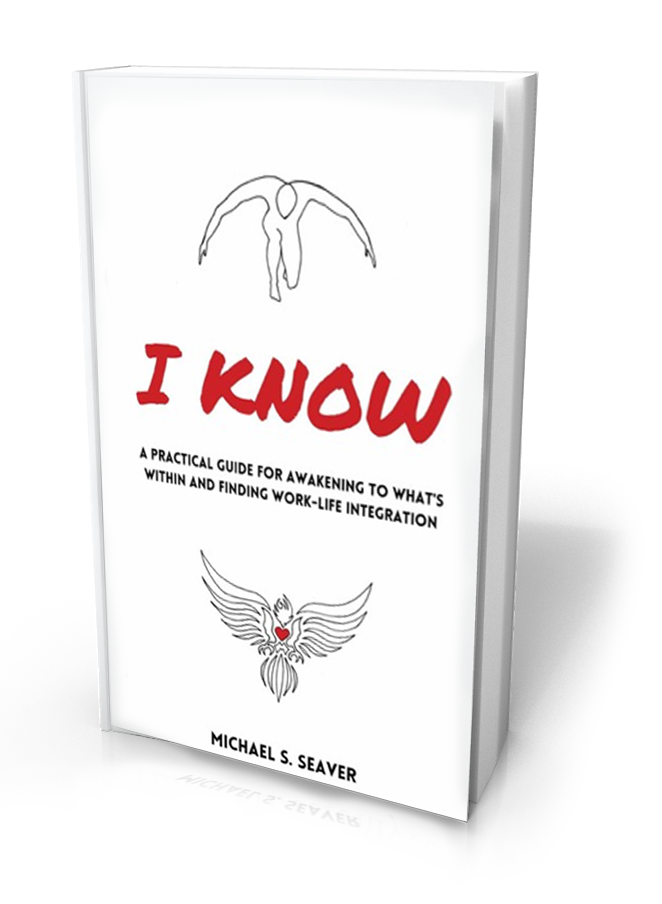

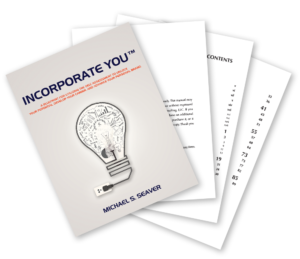
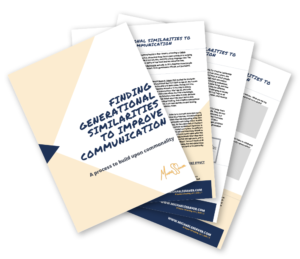
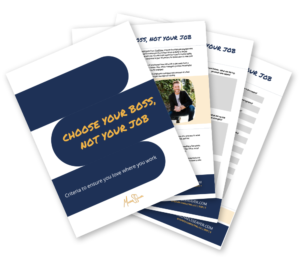
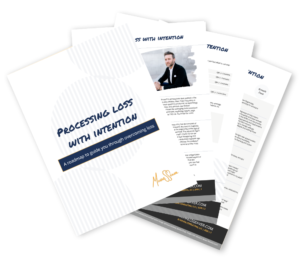
Connect with me